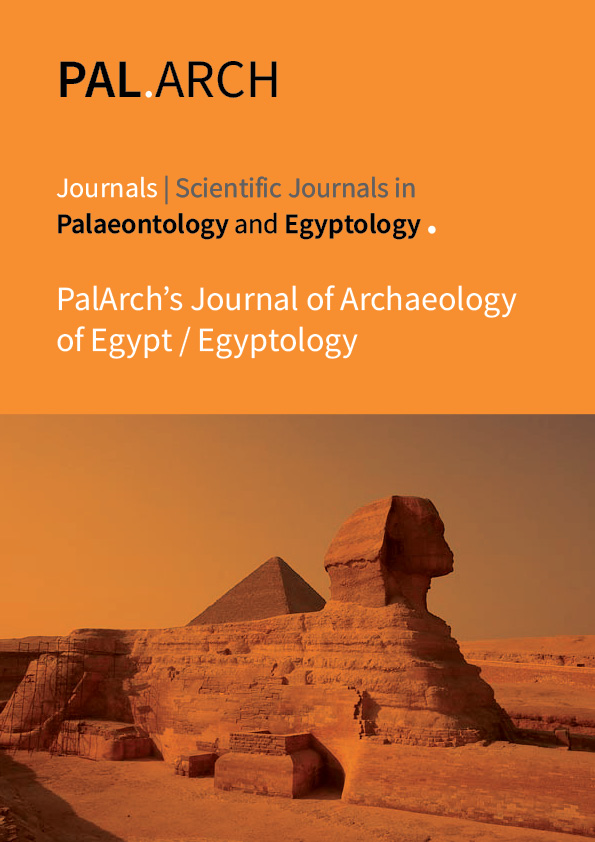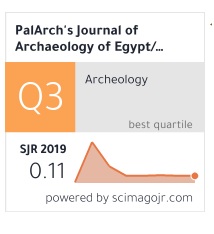SPATIAL DISTRIBUTION OF LANDSLIDE PRONE AREAS IN THE WAE BATU MERAH WATERSHED, AMBON CITY
Abstract
High Community needs of land for settlements encourage prone land to remain inhabited
around the Wae Batu Merah watershed which is used as a place to live. This is very risky and
can cause the loss of life and property in the event of an inevitable natural disaster. The
objectives of this research were to: 1. Identify factors that cause landslides in Wae Batu
Merah watershed, and 2. Determine the distribution of landslide-prone areas in the Wae Batu
Merah watershed. This research used Geographic Information System approach model which
is given the value of each parameter (Souisa, et al, 2016) after being modified by researchers,
and Remote Sensing approach for satellite image processing. Field data collection was
carried out on 34 sample areas which represent 100 observation samples to obtain actual land
cover data. Factors causing landslides analyzed include slope, rainfall, land cover, geology,
soil type, seismicity, fault, and each has a score and weight then overlaid to produce a map of
landslide prone distribution areas. The results shows that Wae Batu Merah watershed was
included in the high landslide prone class which dominated 544.86 ha (51.41%) while the low
prone class area was 92.53 ha (8.73%).
Downloads
Downloads
Published
Versions
- 2020-11-29 (2)
- 2020-11-29 (1)



